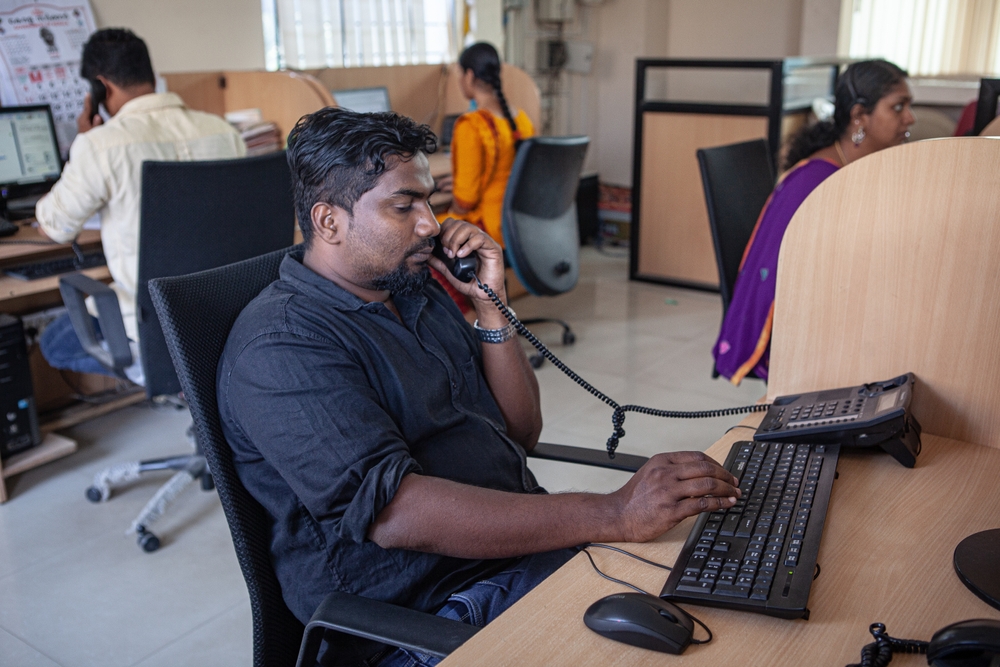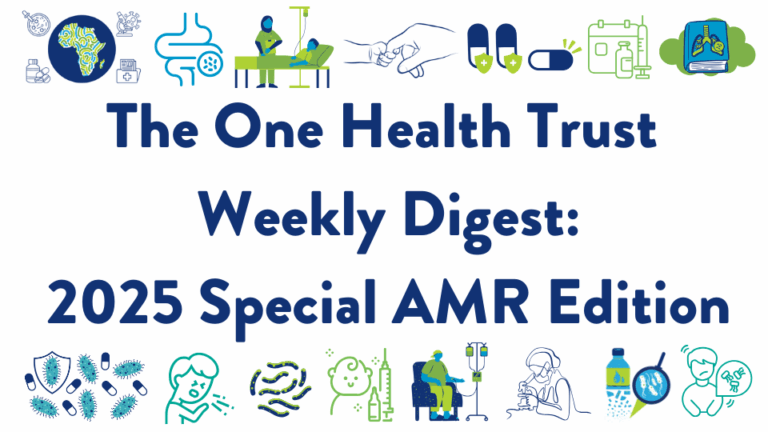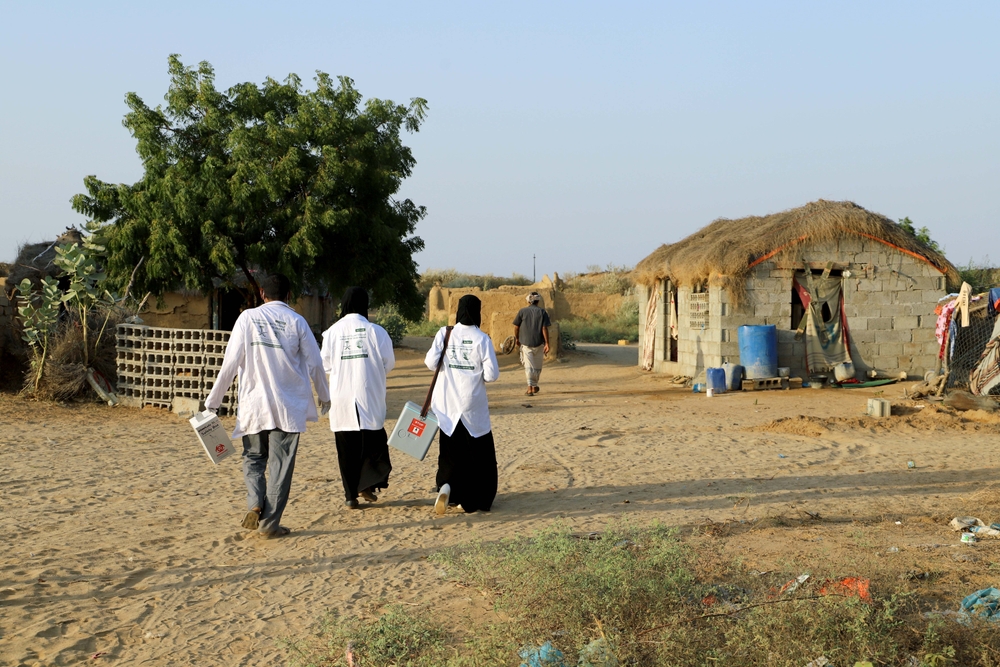June 17, 2024

Drug-resistant infections disproportionately affect women.
OHT’s Dr. Deepshikha Batheja supported a WHO review that found that women, particularly those residing in low-resource settings, may have a greater risk of contracting drug-resistant infections than men. Inadequate access to clean water contributes to women’s increased risk of drug-resistant urinary tract infections due in part to their menstrual hygiene needs. In some regions, women’s household responsibilities include fetching water and preparing food, which increases their exposure to resistant food- and water-borne pathogens. The review also found that more than 70 percent of national action plans against antimicrobial resistance (AMR) do not recognize gender inequalities, suggesting a critical data and policy gap in the global fight against AMR. [Nature]
Cefiderocol use for carbapenem-resistant Acinetobacter baumanii
A review of existing literature on cefiderocol use for severe nosocomial pneumonia due to carbapenem-resistant Acinetobacter baumanii (CRAB) revealed mixed results regarding its clinical effectiveness. Despite cefiderocol having good initial in vitro effectiveness against CRAB, recent studies reveal that CRAB has gained intrinsic and acquired resistance mechanisms against Cefiderocol. The conflicting findings of this review indicate that further work is needed to elucidate the optimal dosage of cefiderocol needed to treat CRAB effectively. [Journal of Global Antimicrobial Resistance]
Dutch healthcare workers in long-term care facilities for people with disabilities lack AMR information.
A qualitative study of healthcare workers in Dutch long-term care facilities for people with disabilities reveals lower knowledge about AMR and infection prevention and control (IPC) among non-medically trained professionals compared to medically trained professionals (p-value = 0.026). Professionals noted a lack of information and resources to address AMR and IPC, and more than 90 percent of respondents agreed that the topics warranted more attention and training within the disability care sector. [Antimicrobial Resistance & Infection Control]
Household-level transmission of Campylobacter between children and animals in Ethiopia
A cross-sectional study demonstrated a high prevalence of Campylobacter in under-five children (20 percent), treated for diarrhea at health facilities in Bahir Dar City, Ethiopia; backyard farm animals (44 percent in poultry); and companion dogs (64 percent). The co-occurrence of infection and identical antimicrobial susceptibility profiles in under-five children and animals in the same home indicates possible household-level transmission of Campylobacter via surfaces contaminated with feces. Resistant isolates, which can persist for several days in animal excrement and expose humans and other animals in the household, were predominantly observed in backyard poultry. [PLOS Neglected Tropical Diseases]
Beachgoers are at low risk of highly pathogenic avian influenza virus.
A literature review estimates that the spillover risk of highly pathogenic avian influenza (A[H5N1] clade 2.3.4.4b) virus to people frequenting inland and coastal bathing areas is low. Despite the minimal risk of transmission to humans, mass deaths of aquatic birds in these areas can result in increased exposure of A[H5N1] to humans and scavenging non-human mammals, leading beach authorities to warn people against coming into direct contact with sick or deceased aquatic birds and their excrement in beach environments. [Science of the Total Environment]
Wolbachia is a cost-effective dengue control strategy in Brazil.
The Wolbachia mosquito replacement strategy entails infecting Aedes aegyptii mosquitoes – vectors of dengue virus – with the bacterium Wolbachia. Infected female Ae. aegyptii mosquitoes transmit the bacteria to their offspring, and Wolbachia manipulate the offspring’s reproductive outcomes. A mathematical modeling study found that the Wolbachia method would avert 1,295,566 dengue cases in 7 cities in Brazil. For every 1,000 inhabitants, there was an average cost-savings of US$538,233 and 5.56 disability-adjusted life-years averted over 20 years. [The Lancet Regional Health – Americas]
A call to increase primary healthcare coverage in Latin America by 2030
A multi-country forecasting analysis found that high levels of primary healthcare coverage prevented 305,890 deaths among under-5 children in Brazil, Colombia, Ecuador, and Mexico between 2000 and 2019. High primary healthcare coverage was also associated with lower under-5 mortality rates from nutritional deficiencies (rate ratio: 0.55), anemia (RR: 0.64), vaccine-preventable diseases (RR: 0.70), and infectious gastroenteritis (RR: 0.78). [The Lancet Global Health]
Linguistic inclusivity is critical to expanding and strengthening global health collaborations.
The success of global health programs and policies hinges on collaboration, comprehension, communication, and confidence. However, language disparities can threaten all four layers of this framework by limiting the quantity and quality of global health resources available to non-English speakers. Language barriers can also minimize the visibility of non-English researchers in publications and conferences. Greater linguistic inclusivity in global health can be achieved by adapting resources for local contexts, providing translations of papers and presentations, and training global health researchers in the official language(s) of their work settings. [PLOS Global Public Health]
A human case of Eurasian avian-like swine influenza A raises concerns about spillover.
A genomic analysis of a Eurasian avian-like swine influenza A (EAS-H1N1) virus isolated from a febrile child in Shandong Province, China, determined that the strain belongs to a novel EAS-H1N1 lineage. The strain showed a high level of homology with the EAS-H1N1 virus infecting swine in the same province in 2010-2011, indicating regional transmission of the virus. Whole genome sequencing revealed the presence of mutations associated with increased virulence and transmission to other humans and mammals, highlighting an urgent need for increased surveillance of influenza viruses in swine. [BMC Infectious Diseases]
Mitigating a rabies outbreak in Nepal’s far western region
An outbreak of rabies in Nepal’s rural Far Western Region that began in 2022 has since spread to cats, cows, goats, dogs, and jackals and has claimed one human life. Efforts to mitigate the outbreak have included a community dog vaccination campaign, a community dog sterilization program, a school-based rabies awareness program, and veterinary capacity building. Interestingly, animals that have not been bitten or encountered rabid animals have been diagnosed with rabies, possibly indicating gaps in the current understanding of the modes of rabies transmission. [IJID One Health]
Image from Shutterstock











